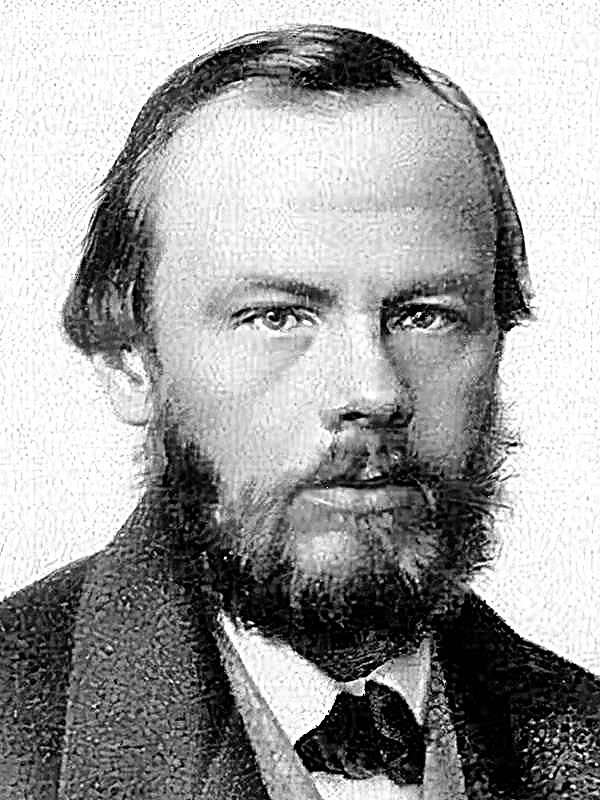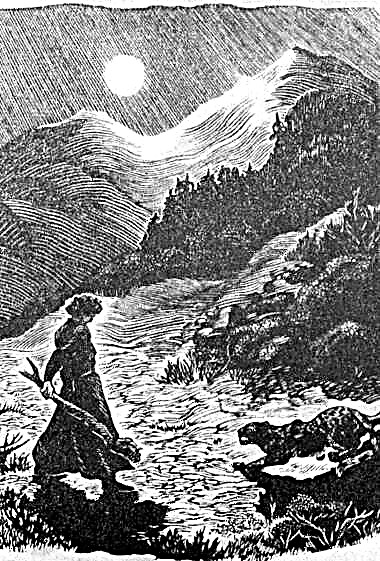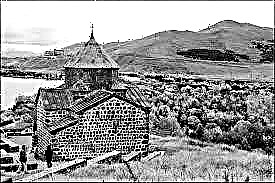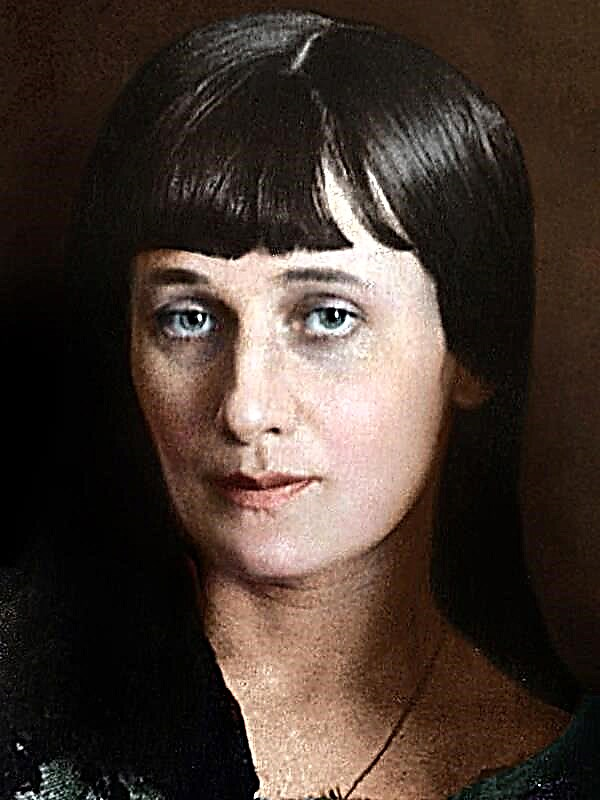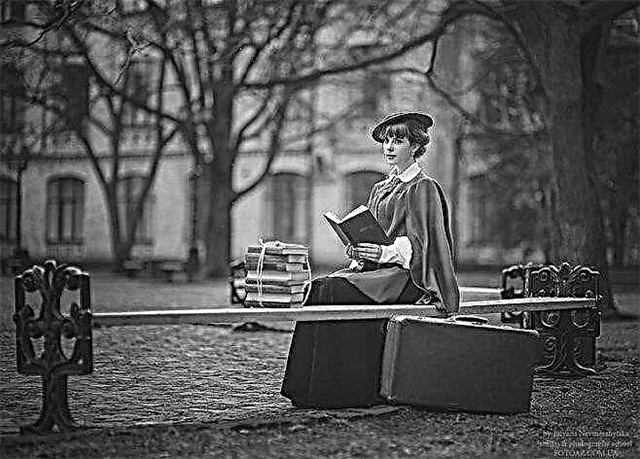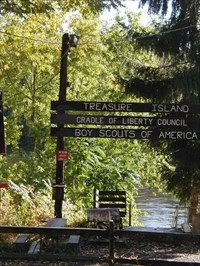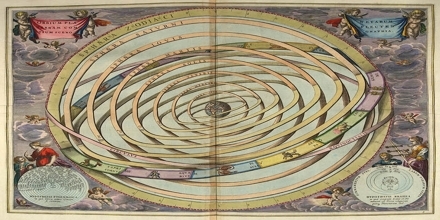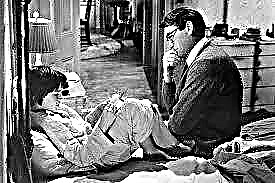Anton Pavlovich Chekhov is rightly called the artist of life. He created the forms of works, new in content and depth of penetration into the human soul. The main distinguishing feature of his work is the love of life. He does not teach, does not preach, but simply and succinctly talks about people, regardless of their class and professional affiliation. The eternal need for happiness is one of the writer's highest aspirations. “Do good!” He exclaims.
History of creation
In the second half of the 80s Chekhov left the magazine "Shards" in "New Time" A.S. Suvorin. He prints the best of early stories, which later became part of his literary collections. One of them, "At Twilight", in 1888 was awarded the Pushkin Prize.
In the same year, the novel Steppe was written. The author sends her to the reputable journal Northern Herald. The writer's path to success lasted seven years, and the story "Steppe" opened the way for Chekhov to "great" literature. The description of Yegorushka’s trip together with his uncle and father Christopher makes it possible to get acquainted with ordinary Russian people, and the audience of that time appreciated the “nationality” and liveliness of the work extremely highly.
The "steppe" seemed to emerge from the depths of childhood. Chekhov's secret dream was the idea of showing a nine-year-old boy his harsh, beautiful homeland.
Genre, direction
“Steppe” is poetry in prose. Genre is a lyrical novel, and the direction is realism.
Lyrical descriptions, philosophical reflections, everyday sketches, false stories, short episodes are united under one title “Steppe”. Philosophical and lyrical monologues are associated mainly with the pictures of nature. Anton Pavlovich Chekhov himself said that each part of the story exists independently, and Yegorushka is the connecting link between them.
Essence
Man is disconnected from the natural world, but it possesses some kind of magnetic craving, inviting people to unite, merge with it. After all, only by becoming part of the universe, you can find peace of mind, understand your destiny.
In the Russian steppe, together with Egorushka Knyazev, the author himself and all the readers find themselves. Acquaintance with the world and its knowledge are possible only under the condition of movement, both in the literal sense and in the symbolic. Life is the same boundless, boundless steppe. It is only necessary to learn to peer into it - and then the soul will respond to its beauty, give that charge of energy that a person needs in order to worthily go his life's path and be happy.
“Steppe” is a tale of Russian land, a return to the long road of history, originating at the source of time, and the end - beyond a beckoning distance.
The main characters and their characteristics
- Egorushka Knyazev “Travels” across the steppe with uncle and father Christopher. The ultimate goal of this journey is to enter the gymnasium. Thanks to this “trip”, he gets acquainted with representatives of various social groups, learns life with all its vicissitudes and joys. Chekhov often conveys the feelings of the hero, his reasoning, and memories, but Egoriy’s character is only slightly outlined, since the image of the character’s finished character was not the author’s task. Egorushka performs in the story mainly a plot-compositional role.
- Vasya endowed with special hearing and vision, so he has his own world, not accessible to anyone. Vasya is quiet, humble. He is the only one of all the characters who perceives the “music” of the steppe: various re-singing of birds, roll calls of gophers, chimes, chatter and buzzing of insects.
- Not all characters notice the surrounding nature and try to approach it. So, a man of action appears Varlamov. Like a shuttle, he constantly moves along the steppe, preoccupied with his own affairs. A feeling of admiring nature is alien to him; he constantly “circles” along the roads in search of his own benefit. And involuntarily, the image of a kite man arises.
- To match his uncle Yegorushka’s business acumen - Ivan Ivanovich Kuzmichov. He constantly thinks about profit, his face is always focused, and does not express other emotions. The man is monotonous. Monotony and indifference to everything allow us to draw a parallel with the steppe rooks, who are also indifferent to everything that happens around.
- There are also caring people in the story: Pantelei, Emelyan, Dymov. But each of them feels in the natural world in his own way. How not to walk around in the steppe heroic natures! It is to such epic fellows that Dymov belongs. But is it really his path to follow a convoy in the steppe? There is no place to throw out this little horse, because he is naughty. But, most importantly, his soul is kind. He is ready to repent of his deeds, ask for forgiveness. Such characters are rather tragic.
- Perhaps the most tragic character in the story is Emelyan. The disease stripped him of his voice. He used to be a singer in a church choir. His soul sings, but the disease does not allow him to turn around and dooms a person to loneliness and suffering.
- A character living in harmony with modern life is Panteleihaving his own philosophy, which he conveys to Egorushka. The old man believes that only a person who has three minds will become happy: from his mother, from his teaching and from a good life. It is difficult to find the last mind in the world, therefore there are no happy people.
Steppe description
Chekhov treats nature with warmth and cordiality, he instinctively understands its language. It is safe to say that the steppe is one of the main characters of the work. And, like any "character", she lives her own life, has her own characteristics and characteristics.
The steppe is presented at different times of the day: in the morning, at noon, at sunset, at night. To describe them, Chekhov finds his colors, aromas and sounds. The mood of this immense space also changes: at sultry noon the steppe yearns, at dawn - it rejoices and laughs, full of vitality and beauty, calms down at sunset, peace and tranquility come in everything.
Chekhov’s skill in depicting the steppe is truly unique. Any natural phenomenon is perceived by him as a living, not a fantastic person. So, the voice of the singing woman raises the question: does she really sing? In reality, it turns out that the song comes not only from it, but also from the grass.
The author does not just list the feathered world inhabiting these places, he gives the birds exact characteristics from the point of view of the emotional and psychological: an owl laughs, weep lapwing, peck snipe, grasshoppers play their violins. Thus, a unique image of the steppe is born.
The flat terrain is almost deserted. But she has her own guards - shepherds, who, in addition to their direct duties, protect this original world.
The steppe does not exist by itself; it most often has a beneficial effect on a person. Pantelei walks barefoot along the steppes, the earth gives him physical relief. For God's man Vasya, the steppe is full of life and content, this is his native element. Dymov silence and calm in the steppe balance.
Images and Symbols
The image of the steppe bewitches with its splendor. It is multifaceted, incorporating many meanings. This is a symbol of space wide open into space. Man, like a small grain of sand, colliding with the universe, is lost. How to find yourself in this world? What do I need to do? Which way to choose?
The steppe is subject to the forces of the elements. The image of the wind is a symbol of universal chaos, evoking fear, horror, causing tension of all spiritual forces, giving rise to that unknown, which often contributes to discord with the surrounding reality, leads to the loss of self in a person.
Loneliness and tragedy are inseparable components of the steppe space. The symbol of loneliness is poplar, doomed to a tragic fate.
The image of the mill, flapping its wings like hands, conveys the rhythm of time, its irreversible course in the steppe space.
Topics
It is impossible to list the topics that Anton Pavlovich addresses in his work in a strict, specific order. They are closely intertwined, one follows from the other, and, perhaps, they all come together, and the main theme of the story is formed - Man and nature. Important components of this voluminous topic are:
- compassion for man, nature;
- the freedom of the human person, and the concept of "freedom" is inextricably linked with space;
- loneliness in the mortal world and in the Universe;
- search for your place in life;
- life and death;
- love for your homeland.
Issue
How to navigate a person in a vast world, how to find your place? How to understand people? Is it possible to draw a line by dividing all into "right" and "guilty"? What is the relationship between the steppe and the people living in it? All these questions are posed by the author to his readers.
- The problem of inaction as the basis of national mentality. One of the central thoughts in the story is that the Russian man does not know how to live in the present, he lives in memories. And this means that such people have no future.
- The whole work permeates song motive. The images of the former singer and Konstantin, who cannot sit still with happiness, are not accidental: the soul sings and demands to share joy with other people.
- The serious problem is human infinite loneliness in the face of the universe. Solving this problem requires a lot of effort and patience.
- Chekhov is trying to answer the question - what is human life and what does it mean to “live”? So it affects the eternal problem of the mystery of the purpose of being. The answer lies outside the Steppe and is associated with the future generation, whose representative in the story is Egorushka.
- The influence of nature on man also occupies the writer, he analyzes how the landscape is able to affect the character and condition of people. Alas, there are those whom fabulous views cannot entice and inspire. These observers are too passionate about civilization and its gifts to notice something majestic, eternal, omnipotent. They are indifferent to the world around us, and this is a very big trouble, because an increase in the number of such inhabitants of the Earth leads to a loss of respectful and thrifty attitude to the riches and beauties of the planet.
Meaning
The basic idea is a philosophical one: a person and the world should be related. But between them there is a dramatic discord. People do not feel the beauty of the universe. The tendency to break, the breakdown of the ties of personality and nature, can lead to irreversible negative consequences.
On the outskirts of the town a cherry orchard flickers - a symbol of spring, youth, happiness. In a big city it may not be. How important it is to preserve the beauty of nature, the beauty of the human soul.
Chekhov believes that a person should not live for the sake of achieving a specific goal. It is important to enjoy life, the gift that the Almighty sent us.
The story is permeated with the dream of a man who can overcome loneliness in the Universe, become its particle and fully enjoy the allotted time for his stay on earth. The main thing is that he should become happy. So the author himself outlined his main idea:
Man should not be “small” and not “superfluous” ... but a Man (Chekhov).

